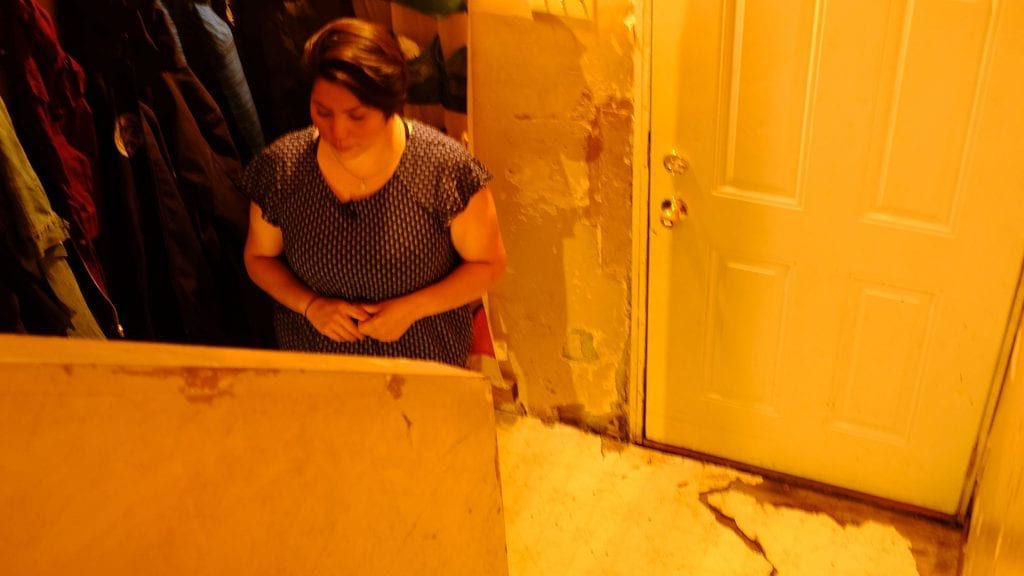
Vanessa Villenuve of Fort Liard, Northwest Territories stands in the entrance of her 30 year old home in dire need of housing repairs. Photo: Charlotte Morritt-Jacobs/APTN
Drive too fast past lot 163 and you will almost miss it. The brown split story house sits far back from the road, amongst thick bush.
It’s one of many houses in need of heavy-duty TLC in Fort Liard – situated on the Liard highway approximately 37 km north of British Columbia-Yukon border and home to the Acho Dene Koe First Nation.
Every morning Vanessa Villeneuve treads lightly on rickety stairs into her basement to turn on the water.
She’s instantly reminded of the many repairs needed for the house.
“I have to turn the water off because the facets leak, the toilet runs constantly. Every time I want to do laundry or my kid needs a bath I will do this,” Villeneuve said.
The space is dark and damp, with poor air circulation thanks to boarded up windows, and an aging water tank which rests directly on the cement floor and is not properly sealed creating moisture throughout the basement.
“It’s because of the water tank being inside of the house. All of the houses built around this time have the same issue. It keeps the house and the walls moist,” she said.
It’s ideal conditions for the mould, which creeps up the sides of the walls over exposed pink insulation.
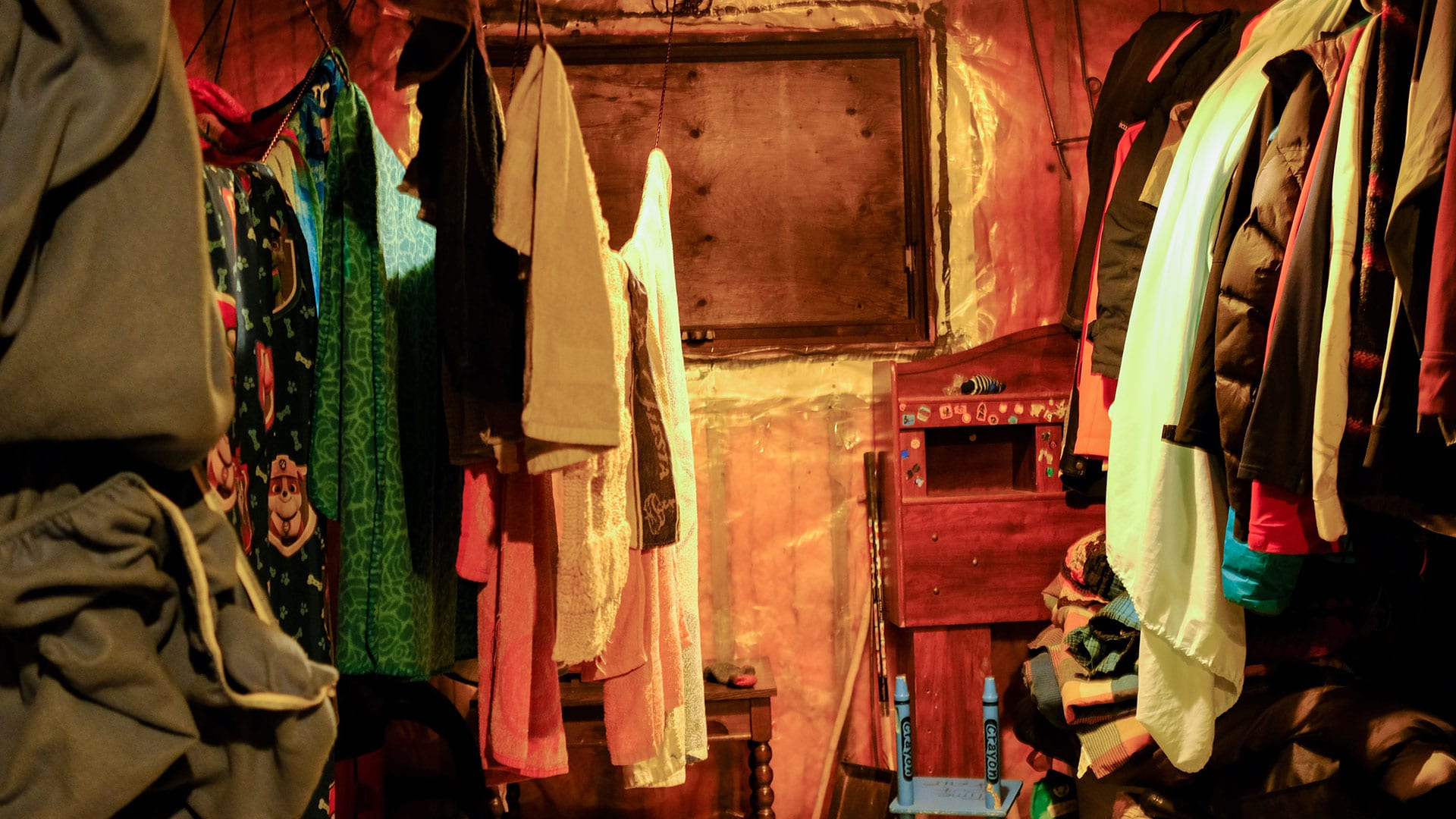
Villeneuve moved around with her mother, so the house was occupied by uncles and other relatives until they too passed away, and periodically the house stood vacant.
When she returned home to Fort Liard in January 2018, she was shocked.
“I was not happy. I actually looked around and I cried because this is not the house I grew up in,” Villenuve said.
Almost every corner of the house has shelves or artwork covering old holes in the drywall, the bathroom shower and sink are out of commission and several kitchen cabinets are missing.
Where a balcony should be, there’s a three metre drop to the ground. It’s the only other exit apart from the front door.
“I worry for my kids safety, what if there was a fire,” she said. The rundown one-pane windows are drafty and many have cracks.
“The big window in the living room is $1,800 to replace. The little windows are $500. I have seven small windows and for the two doors, an actual door with the frame is $800 per door. I can’t afford that,” Villenuve said.
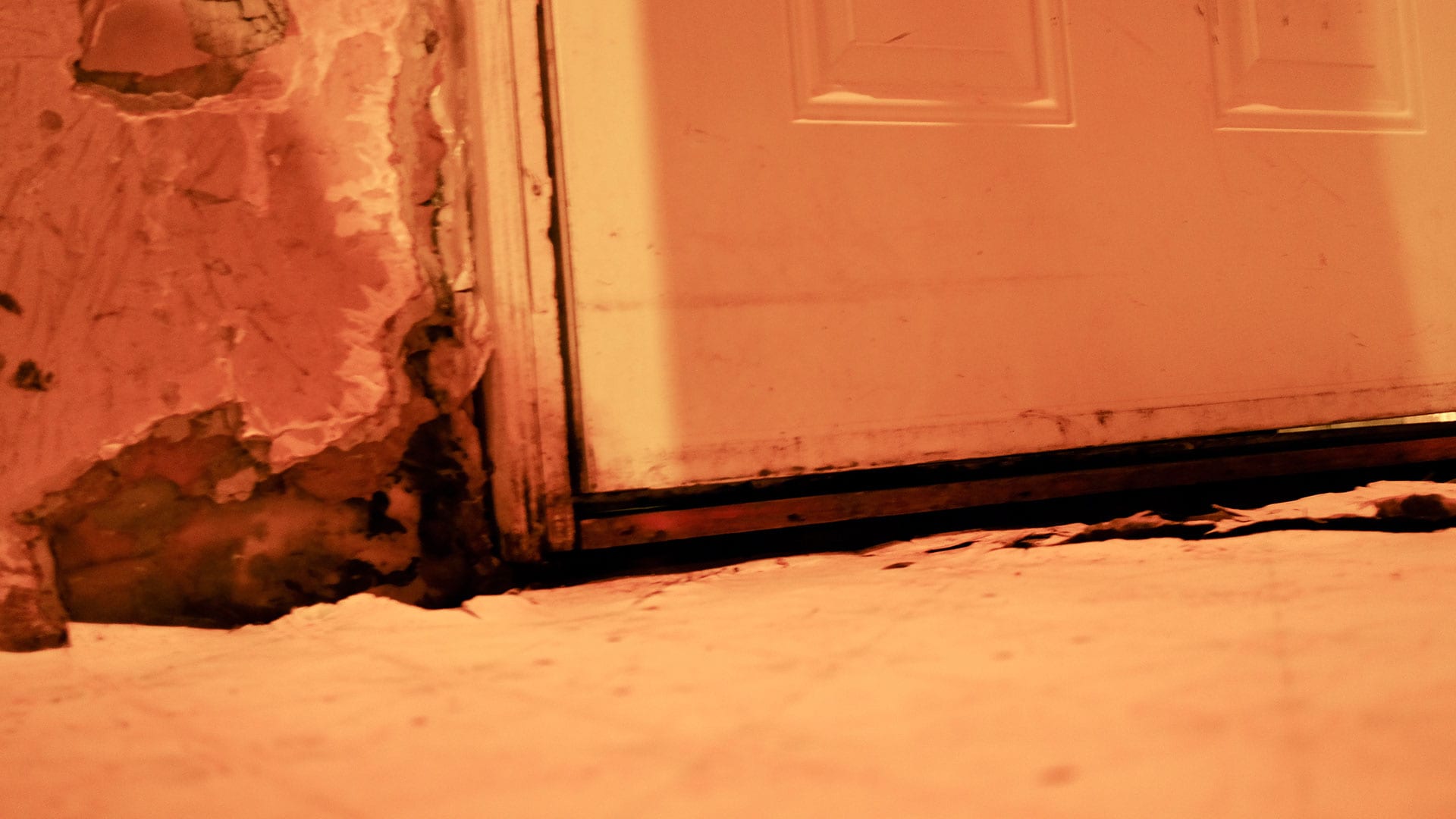
There’s only a one bedroom for the entire house, so the single mum of two school-age boys sleeps in what should be a dining room.
Villeneuve said she had acquired housing arrears in her early twenties, but had made an agreement with the housing authority to pay for six months straight and then apply for a forgivable loan to fix up her house.
“So at that time, I made an agreement to pay for six months. But, then I got let go from my job and was struggling to find work here in Fort Liard, because there is no work here,” she said.
Wanting a better life for her kids, she decided to go back to school during the COVID-19 pandemic.
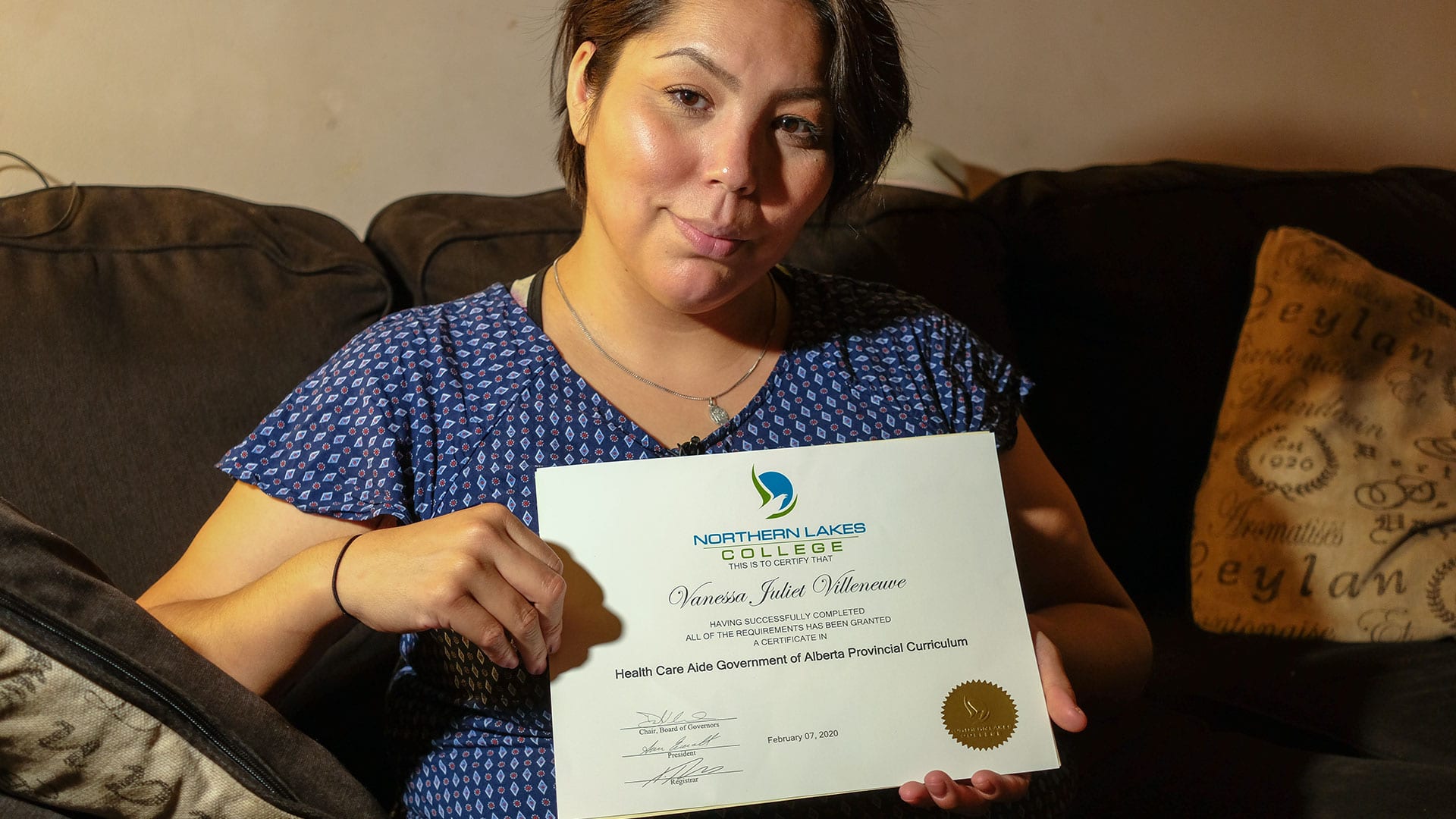
Upon graduation this June, she immediately jumped into job applications and interviews; however, all of the positions are outside of Fort Liard, and would therefore jeopardize her chances of support from the local housing authority.
“If I move away from Fort Liard, I won’t be able to apply for the forgivable loan,” Villenuve said.
She’s not alone, Anthony Berreault has lived on his parent’s lot in Fort Liard for the last four years.

The house has no plumbing and an extension chord runs to a single light bulb illuminating the 16 x 12 foot home.
His housing issues date back to 2007 when the local Fort Liard Housing Authority moved his family.
“I lived there [a public housing unit] about five years in this building on the main street and they moved us there due to water contamination. There was mould and water problems so we moved out for a week,” Berreault said.
But rent skyrocketed in the new unit his family was placed in.
“Rent was $300 when they moved us it jacked up to $1,380. Plus, my wife was uneducated so it was me plus my wife and my four kids. Six of us we were living there,” he said.
Months before his wife passed away in 2011, Berreault was up to $24,000 in arrears.
“There’s no jobs so there’s nothing I could do. There’s a problem with my son’s lungs because of the mould and he has asthma.
Watch Charlotte’s story on housing in Fort Liard:
Community housing plan for Fort Liard
According to a 2019 community needs survey, more than half of all houses in Fort Liard had at least one major problem.
But there is work being done. A collaborative housing plan is expected to be delivered by the end of the year for the community.
The territorial government has promised to complete community housing strategies for all 33 communities. The first was completed for the community of Wahti. The strategy outlines how the community wants to see their housing improve, local data and information on housing supports and programs made available to residents.
Janelle Derksen, community housing planner told APTN News the co-development strategy launched in November 2018 and the territorial housing corporation will visit this fall for meetings with leadership groups to work through a draft plan by November.
“The three main things we heard over and over again which will be part of the strategy are the desire for more home owner education and maintenance, affordable rental options for singles and finally supporting people who are currently couch surfing and they have addictions by having some a housing and treatment support,” Derksen said.
Educational workshops would run over basic maintenance of the house and different paper options like home insurance and mortgage options.
For Villenuve, she would like to see more involvement from the territorial lands department to help with confusion over taxes.
“I have a legal document from band council resolution stating this lot was band land given to my dad. When I came back to the house and was told [from territorial department of finance] I owe $77,000 to property tax. So I went through a lot of trouble to get the house in my name for paperwork,” Villenuve says.
She also suggested the rent scale for NWT housing support be revised.
“You slowly put yourself in debt if you lose your job and then begin working again. If you work you have to pay full price. If you don’t work and you are on social assistance you pay $80 a month or whatever for rent. As soon as you get a job you pay the highesst rent, $1200, $1600, $2800,” she said.
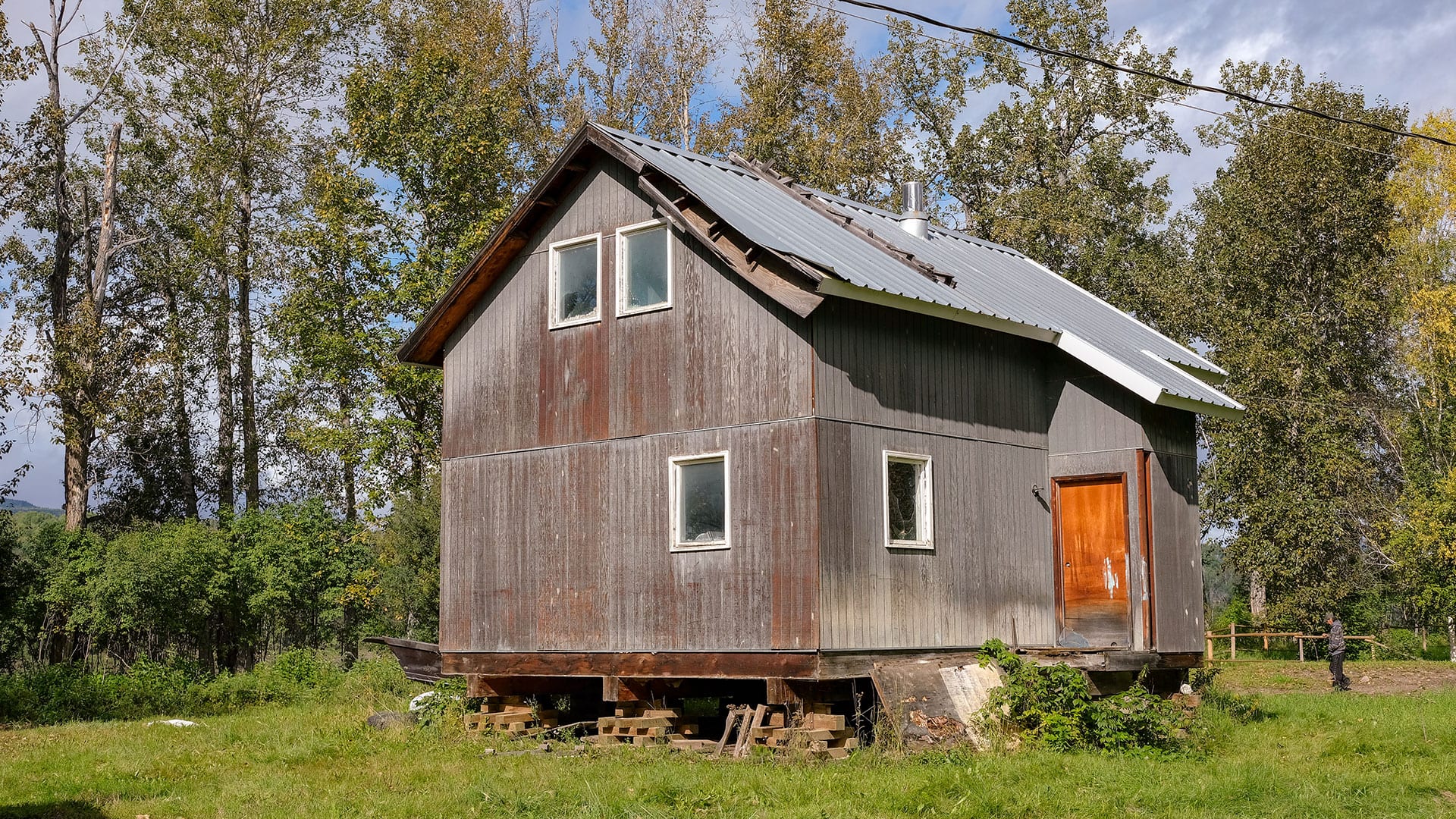
Derksen noted that community members expressed the opinion that if a housing program advisor is from outside of the community they will be required to visit more often and get to know the individuals needs of clients, especially when it comes to navigating program options available to them from the housing corporation.
“Income thresholds definitely one of the most common feedbacks of barriers to programs. Those numbers have a lot of different calculations to them and I know those programs have to work closely with individuals,” Derksen said.
According to the NWT Housing Corporation, there are nine home owner entry level units, 10 market units and three public housing units in the community.
The need for one-bedroom apartments is evident according to the waitlist where a one-bedroom unit has 12 applicants, a two-bedroom has five applicants and a three-bedroom has one applicant.










